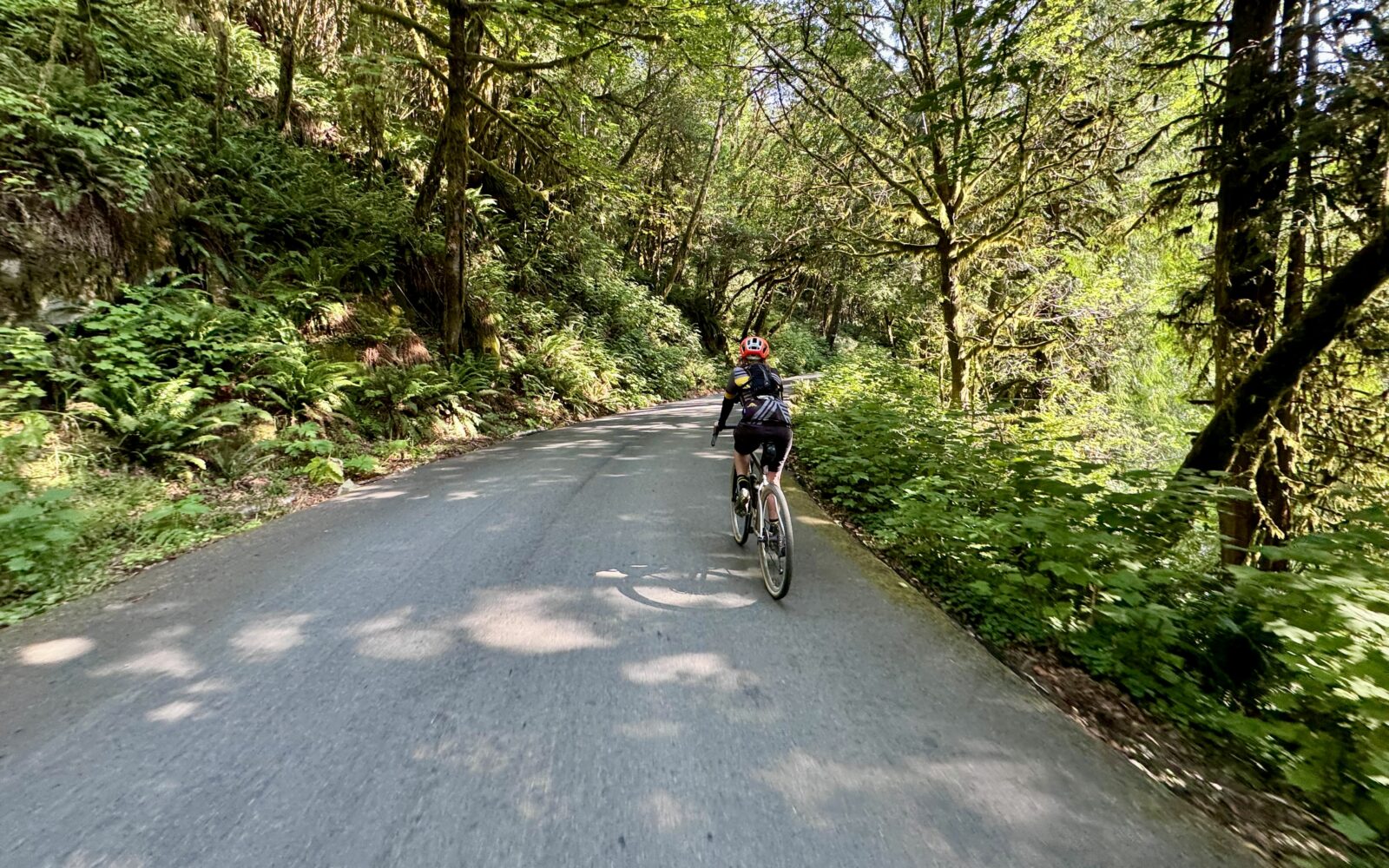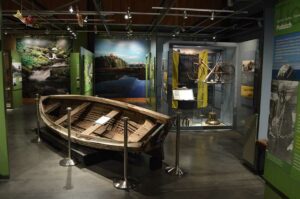What to expect: long steep climbs and descents, beautiful coast range forest, some (not a lot) of recently harvested timberlands, and flowing streams and creeks. The forests impress with large, moss-covered trees with a thick understory and high tree canopies that create a tunnel-like riding effect.
We have ridden this entire route, and it is wonderful! However, we have yet to secure the funding and resources to fully document the ride, thus the Development Route tag. If you give the route a go, please comment about your experiences in the comments block.
Most of the route is in the Elliot State Forest. The Forest contains more than 41,000 acres of untouched mature native trees and some of the most productive and pristine streams for Coho and Chinook Salmon in the Coast Range. The forest provides critical habitat for federally threatened Marbled Murrelets and Northern Spotted Owls. While the Elliott State Forest is open to the public, it does not have a trail system and offers incredible opportunities for forest solitude.
Unfortunately, the Elliot State Forest has been immersed in controversy for more than a decade.
– The Forest was established in the early 1900s with the specific goal of generating revenue to support Oregon’s public school system through the state’s Common School Fund. This fund is financed by revenue generated through commercial timber harvesting. The Forest has generated between $3-10 million annually in revenue for schools.
In 2016, the Oregon State Land Board, which oversees the Forest, voted to sell the 82,500-acre forest to the highest bidder. The potential sale value of Elliot Forest was estimated at $220-$280 million, but this was met with significant public opposition.
– In 2019, the Land Board suspended the sale process. Instead, it pursued a plan to transfer management of the Elliot Forest to Oregon State University to develop the Elliott into a “world-renowned” research forest to help better understand how climate change impacts forests. The university would continue to harvest timber and study ways to protect threatened species, such as the marbled murrelet, coastal coho salmon, and northern spotted owl.
– In late 2023, OSU President Jayathi Murthy rescinded the recommendation to OSU’s Board of Trustees to authorize the school’s management of the research forest. Murthy said the latest plan to use the forest as a research tool fell short of the university’s initial vision. She said her decision to have OSU disengage was driven by several factors, including opposition expressed by the Confederated Tribes of Coos, Lower Umpqua and Siuslaw Indians and about how much timber the state would harvest from the research forest, citing that the current harvesting plan would harm the forest’s health.
As of mid-2024, the status per the Governor’s office is that “The Department of State Lands is working with stakeholders to map out next steps toward fulfilling the vision for establishing the Elliott State Research Forest and that the Governor is confident that the forest’s future will include meaningful research by scientists from OSU and other universities.”







 While researching this Ride Guide, we uncovered the area’s deep historical roots and a bygone lifestyle that’s difficult to visualize today. To explore this rich history further, we suggest visiting the
While researching this Ride Guide, we uncovered the area’s deep historical roots and a bygone lifestyle that’s difficult to visualize today. To explore this rich history further, we suggest visiting the 



 Behind every route is scouting, mapping, storytelling, and a whole lot of pedal power.
Behind every route is scouting, mapping, storytelling, and a whole lot of pedal power.
Have you ridden this route? Got a question? Join the discussion!